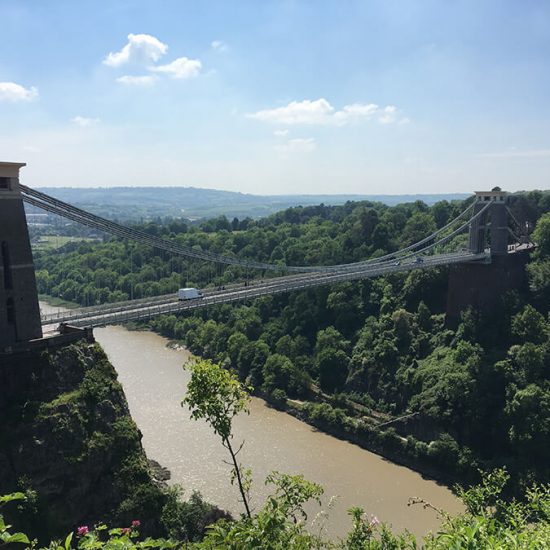
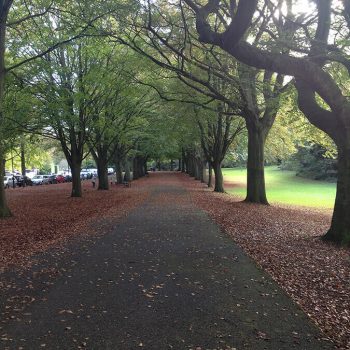
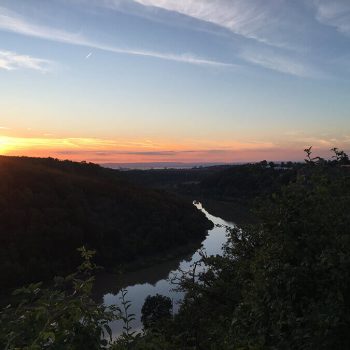
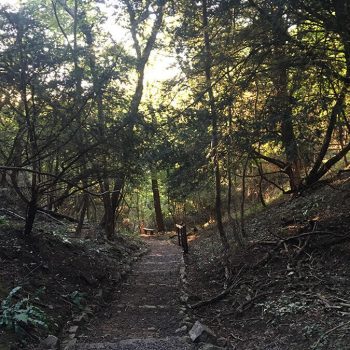
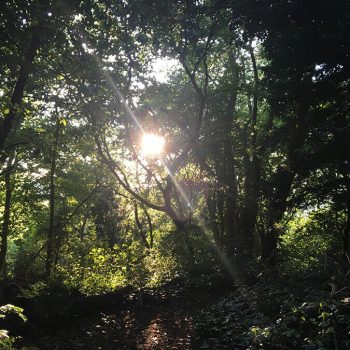
The Downs
-
Animals On Route
-
Cafe
-
Free Parking
-
Inner City
-
Kids Play Area
-
Off Lead
-
Park
-
Picnic Area
-
Toilets
-
Woodland
The Downs comprises of Clifton Downs and Durdham Downs – a huge area of green with spectacular views that you can spend hours walking around with your pooch. The area extends from Observatory Hill to Seawalls to Henleaze.
Observatory Hill – A beautiful, popular green next to Clifton Village. Particularly famous for its amazing views of the Avon Gorge and the Clifton Suspension Bridge and a superb place to watch the hot air balloons go up. The sloping gradient has paved walkways along the green, where Clifton Observatory sits on the peak, with a lovely cafe outside. There are plenty of places to sit and look at the view and this is a brilliant place for a picnic in the summer. Follow the walkway around towards Clifton Down, where you will come across a beautiful avenue of trees that look fantastic in the autumn. This avenue does run parallel to a busy road though, so if worries, keep pooches on a lead.
Clifton Down – Just beyond the busy road (Clifton Down A4176) you can walk along Ladies Mile, which runs through a large part of the Downs. Ladies Mile takes you firmly into Clifton Down, where you and your dog can veer off into the woodland. This woodland is known as The Gully. Part of The Gully is sectioned off for goats, which were introduced to this part of the Downs as ‘hairy conservationists’ as they eat invasive woody plants like scrubs and bramble, making room for rare wildflowers.
Seawalls – Carry on past The Gully and you will find a lookout point with spectacular views of Avon Gorge. There are small roads that run throughout the Downs, but these are usually quiet, but watch out for cars if your pooch is excitable or likes to run into the distance. To get away from cars, walk in the middle of the Downs, where there is more than enough room for your dog to have a good run and for you to not worry about cars.
Durdham Down – Distinguishable for the water tower that sits proudly on the green. Durdham Down is the most northern point of the Downs and is another large green perfect for a dog walk.
View this post on Instagram
The history
‘For many centuries the tenants or commoners of the medieval manors of Clifton and Henbury had the right to graze their animals here. But by the mid-nineteenth century grazing was declining as the city expanded and development pushed into the common land. Mines and quarries also scarred the Downs as well as the Avon Gorge.
In 1856 the Society of the Merchant Venturers, owners of Clifton Down since the late seventeenth century, promised “to maintain the free and uninterrupted use of the Downs.” The following year Bristol City Council purchased two small properties in Stoke Bishop, together with one of the few remaining commoner’s rights to graze animals on Durdham Down. In the spring of 1858, the City of Bristol turned out sheep stamped ‘CB’, keeping alive the medieval rights of pasturage and making further development more difficult.
Then, in equal partnership, the council and the Merchant Venturers promoted The Clifton and Durdham Downs (Bristol) Act, 1861. This act allowed the council to purchase Durdham Down. It preserved the Downs for us all ‘for ever hereafter’. And it set up method of management that continues today: the Downs Committee, made up equally of councillors and Merchant Venturers under the chairmanship of the lord mayor.’
Address
The DownsClifton
Bristol
Parking
Depending on where you park - as it is such a large area, there is on street parking. Some are free for a few hours (Durdham Downs), or paid permit parking near Observatory Hill.Pawfect partner



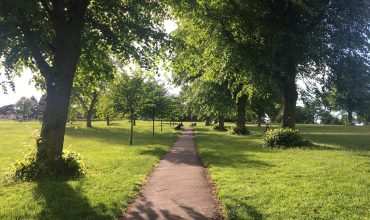
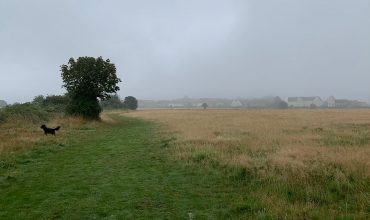
Leave a comment...
As this is a community website, please keep your comments helpful and positive, thanks!